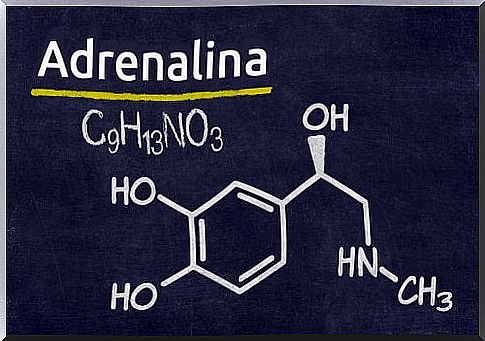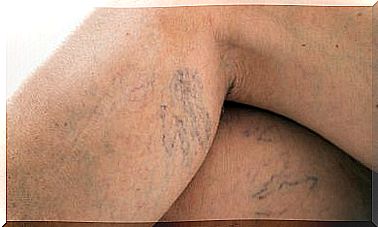Epinephrine: Mode Of Administration And Indications
Epinephrine, better known as adrenaline, is a hormone and neurotransmitter used in emergency situations involving cardiac arrest.
This drug has historically been used to treat bronchospasm and hypoglycemia. However, today we already have more specific drugs for these pathologies.
This substance increases the heart rate, constricts blood vessels, dilates the airways and participates in the fight or flight reaction of the nervous system in emergency situations.
Speaking a bit more technically, adrenaline is a catecholamine. It is a monoamine that is synthesized in the adrenal glands and whose precursors are phenylalanine and tyrosine.
How is epinephrine administered?

Epinephrine comes as a solution to be given with an injection. In addition, it can be administered by different routes, as necessary:
- Intramuscular (IM).
- Subcutaneous.
- Intravenous (IV).
- Intracardiac : only in cases of extreme severity, and if the intravenous route is not practicable.
The last two types of administration have to be carried out in the hospital, under cardiac monitoring and previously diluting the epinephrine solution in water for injection, which can be:
- 0.9% sodium chloride solution
- Glucose 5%
- Glucose 5% in 0.9% sodium chloride solution.
Furthermore, in order to avoid degradation of the drug by light or oxidation, it is recommended to use the product just after it has been diluted. Regarding the dosage and the route of administration, both parameters will depend on the diagnosis and the clinical situation of the patient.
However, in an emergency situation, a rapid route of administration, such as intravenous , should always be used.
Indications of epinephrine

As we have seen, epinephrine is a solution that is collected in a vial of different concentrations. Among its medical applications, we can mention the following:
Heart attack
In addition to cardiac arrest, adrenaline is also given to treat other heart problems, such as arrhythmias that result from absent or decreased cardiac output.
The action of epinephrine is to cause vasoconstriction and increase cardiac output. In other words, you contract your heart and increase your heart rate to ‘revive’ it.
Anaphylaxis
Epinephrine is also used as a first-line treatment for anaphylaxis. This pathology is triggered when an allergic condition worsens and can lead to death due to extreme bronchoconstriction.
In these cases, this drug is suitable for its dilating effects in the airways.
Co-administration with local anesthetics
Epinephrine is added to a number of local anesthetics that are given as injectables. The reason for this combination is that the vasoconstrictive effects of adrenaline make it possible to delay absorption and thus prolong the effect of the anesthetic drug.
In addition, some of the adverse effects of the use of local anesthetics with epinephrine could be due to the action of the latter, such as:
- Apprehension.
- Tachycardia.
- Tremors
What are the possible adverse effects?
The use of this substance is not exempt from possible adverse effects and complications, especially in its intravenous and intracardiac administration. Possible adverse reactions to epinephrine are:
- Palpitation and tremors.
- Tachycardias
- Cardiac arrhythmias.
- Anxiety and hypertension.
- Headaches
- Acute pulmonary edema.
Furthermore, its use is contraindicated in a number of patients, such as those who are being treated with non-selective beta-blocking drugs.
This contraindication is due to the fact that the interaction of both drugs could cause severe hypertension, even triggering a cerebral hemorrhage.
Although many people believe that the administration of epinephrine can cause heart failure due to its high vasoconstrictor effect, this is not true.
Coronary arteries have only one type of receptor that, when interacting with adrenaline, triggers signals for vasodilation, not vasoconstriction, to occur.
Conclution
Epinephrine or adrenaline is a drug administered by different routes, depending on the clinical situation of the patient, for the treatment of cardiac arrest and anaphylactic reactions, mainly.
There are formulations of epinephrine prepared for self-injection that are indicated in patients at risk of suffering anaphylactic shock.
Like all medicines, this catecholamine is not without adverse effects, which must be taken into account when administering the epinephrine solution.









